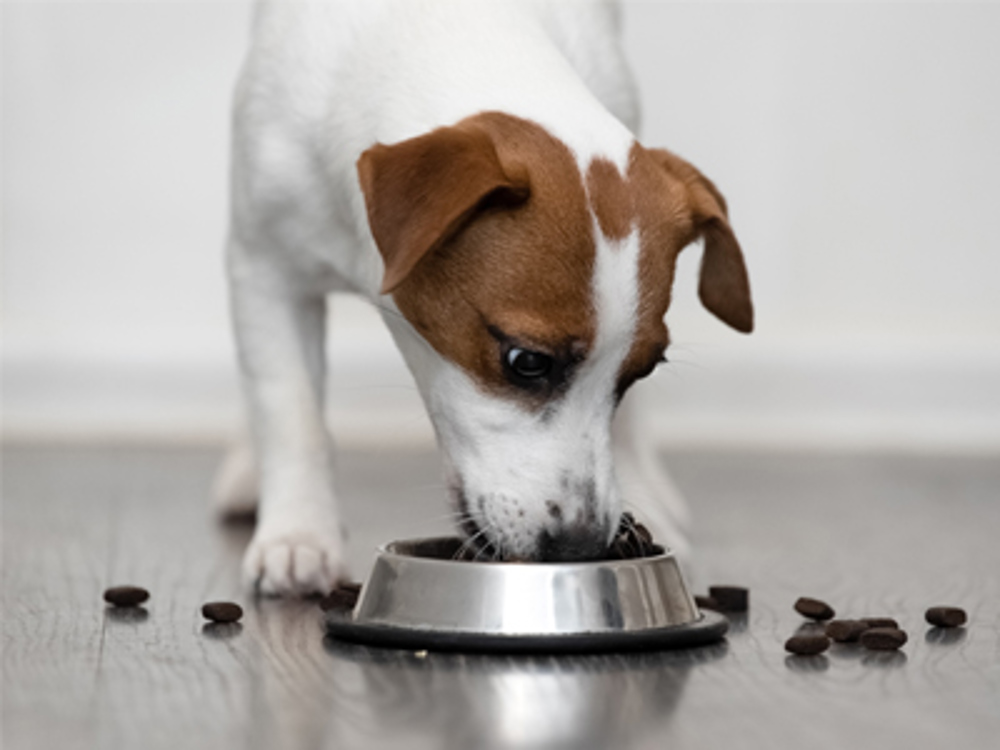
Many first-time pet owners wonder if there is any difference between getting a small dog and a large dog. They also wonder if there are any differences to how you should care for them. The short answer to these questions is ‘yes – sometimes’.
Small dogs have some different needs to large dogs, and must be cared for appropriately. This is especially true when it comes to feeding your small dog.
Diet is extremely important for a dog, and what and how they eat is an important part of their care routine.
In this article, we provide a useful how-to guide on how to feed your small dog as compared to a large dog, what to specifically look out for, and how to exercise them properly.
When it comes to diet, how does size matter?
The size of your dog plays an important role in what you feed your dog and how often you feed them. Puppies, for example, might be fed up to four times a day, as they are still growing and need all the nutrition.
It can be easy, however, to imagine that there is no difference between different breeds of adult dogs and they should all be fed the same. This is not true. Smaller breeds of dogs have very specific diet requirements that are shaped by their size.
Think of a friend who is six feet tall and another friend who is five feet tall. They both require different calories during the day. Similarly, human bodies require different quantities of protein, carbohydrates and fat depending on their body structure and how they are built.
This is the same for dogs. You would not want to feed your small dog the same amount of food you are giving a large breed dog, as their energy requirements are not the same.
What should you feed your small-breed dog?
There are a few points you can keep in mind to make sure you feed your small-breed dog the best food there is, that is suited to their body size.
Moderate your dog’s portion sizes
Small-breed dogs have smaller stomachs than larger dogs and have to be fed accordingly.
Feeding your small dog the wrong amount of food can be harmful. It can contribute to unwanted weight gain and other associated health problems. Make sure you follow the portion sizes recommended on the back of the food packet or check with your vet on how much food your dog needs. Ignore any pleas for more food – dogs tend to love eating, and will often want more when their bodies don’t need it.
Check the size of the kibble
Your small-breed dog has a smaller throat than a larger dog. He also has smaller teeth and less power in his jaws, which means his bite could be weaker than that of a larger dog. Therefore, feeding your small dog requires you to check the size of the kibble. It’s important to make sure the kibble fits easily into your dog’s mouth and that they can chew it properly without tiring. If the kibble size is too big, your dog may try to swallow it without chewing it fully.
Check with your vet on how many calories are appropriate for your breed of dog and make sure you feed your small dog those calories per day.
Activity levels
When raising a dog, it is important to remember that diet and exercise go hand in hand. In addition to feeding your small dog complete and balanced food, you should make sure they exercise appropriately as well.
You should keep their pace of activity at the right level to ensure they do not gain unwanted weight. Overweight dogs may develop a number of health problems, such as high blood pressure, diabetes, respiratory problems and decreased stamina.
Activity levels among dogs differ according to breeds and the amount of exercise required by each breed is different. The Kennel Club recommends less than 30 minutes of exercise per day for small-breed dogs, although it can move up to less than one hour per day for some small dog breeds. For more information about the exercise requirements of each dog breed, please refer to our Breeds A to Z, or ask your vet for tailored advice.
Walking is the easiest way to exercise your small dog. You can also play several indoor games if your dog is more prone to staying inside the house. Easy and exciting games include ‘tug of war’, ‘hide and seek’ and ‘track the toy’.
In summary
Feeding your small dog is not as complicated as you might think. However, it does require you to keep certain points in mind. Correct portion size and kibble size are both important factors. Due to the specific nutritional requirements of smaller dogs who tend to burn energy more quickly than larger dogs, it’s a good idea to get a dog food that’s been specifically formulated with their size in mind.
